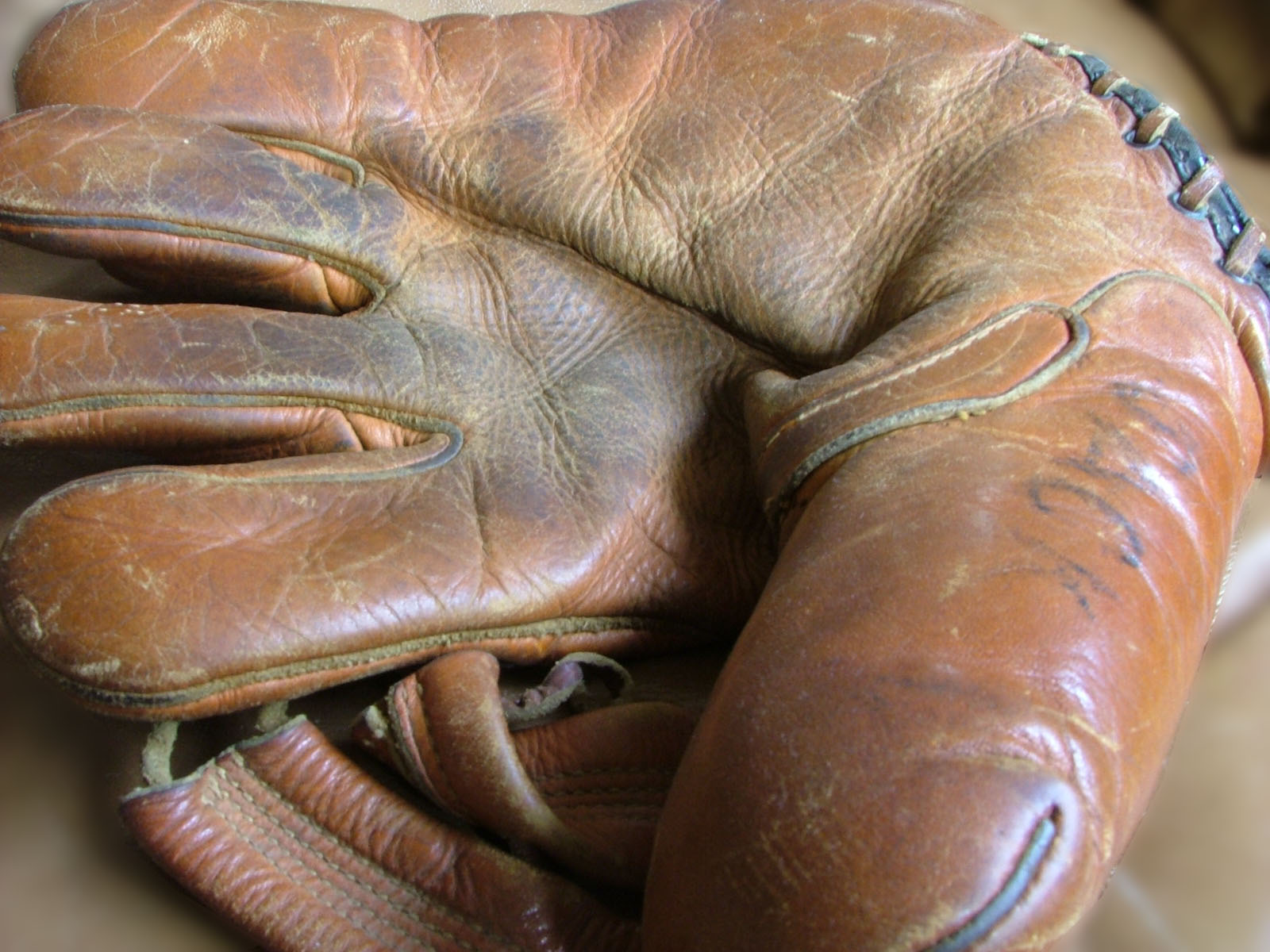
Let me give you some background as to why and how I decided to write an article on how I train my pitchers and baseball players. First off, I recently went on my honeymoon and I literally had a dream on our first night in Fiji about some training protocols for my pitchers at Newell Strength. Secondly, I had phone interviews with Jim Wagner (Trevor Bauer of UCLA’s private strength and pitching coach) and another infamous powerlifter known for the reverse hyper (one of the highlights of my career and a day I will never forget). In addition, more and more pitchers and baseball players have been finding their way over to me. If you were born in the 1980s or earlier, you most likely saw the movie Major League. And if you saw it, you must remember Wild Thing. But how did Wild Thing get to be such an animal on the mound?
I wrote my thesis paper for my master’s degree on biomechanical aspects of the shoulder joint. The shoulder joint is a complex ball and socket joint. The joints of the shoulder include the glenohumeral joint, acromioclavicular joint, scapulothoracic joint, and sternoclavicular joint. The rotator cuff is an anatomical term given to the four muscles that act to stabilize the shoulder. It holds the head of the humerus (ball) in the glenoid fossa (socket). Often, many strength coaches overlook the demands that are placed on the shoulder joint for an overhead athlete. The tremendous range of motion in the shoulder makes it extremely unstable, leading to a high rate of injury. (Just a few more scientific terms so stay with me. It's useful to know some of this.) The scapula (your wings—the big, flat bones located on your lateral upper back) must internally and externally rotate and posterior tilt to maintain ball and socket kinematics. Many times, my baseball players will tell me that their shoulders are sore or just not feeling right. This can be due to possible impingement. Impingement is compression and abrasion of the rotator cuff structures during arm elevation (pitching). The supraspinatus has an internal movement arm of one inch for shoulder abduction, supporting the load by the hand about 20 inches distal to the glenohumeral joint (GH). This creates a mechanical advantage of 1:20, meaning the supraspinatus must generate a force 20 times greater than the weight of the load! In addition to this, the shoulder has been shown to have a peak angular velocity of 7000°/second!
OK, now that we have the science part, let's examine some workout ideas for baseball players and pitchers. First and foremost, it's essential to strengthen the external rotators because the internal rotators will grow exponentially stronger from so much throwing if nothing is done to correct the imbalance. This can be done through incline rear delt raises with a pause at the top, explosive dumbbell shoulder cleans, face pulls, scarecrows, reverse flies with a band, and pull aparts, to name a few. I prefer to also have the baseball pitchers perform a lot of pulling rather than pressing. I find that many pitchers and players are weak in the upper back and strong and short in the chest. For pulling, we do a lot of TRX rows and variations of them, neutral grip pull-ups with the shoulders retracted and depressed just like in bench pressing, and Prowler rows.
Also because of many impingement problems found in pitchers, I like to stay away from too much pushing. The pushing I do perform with these athletes includes medicine ball push-ups (activates the upper back, scapular muscles, and rotator cuff), alternating incline dumbbell push-ups (for stability), and standing sled pushes with the sled behind them.
Obviously, core training is key, but we don't go overboard. We pick two exercises for stability and bracing and anti-extension or anti-rotation and perform them at the beginning of the workout. As for lower body development, we do a lot of dynamic squatting and deadlifting along with box jumps. Because most of these athletes are high school age, I don't do a lot of 1RM work, but we do our max work through sets of five reps on the above exercises. Sled dragging is always essential in an athlete’s program for hip and posterior chain development. We focus a lot on posterior chain development and 'hip hinging.' You can't forget that in addition to pitching or playing the field, at this level, the athletes also must still hit. So in addition to increasing throwing velocity, all my ball players have seen an increase in hitting power with the above program.
Lastly, we work on the start of their 60-yard dash, which is performed at their combines. The start is critical in any short sprint and, for this, I can find no better reference than Joe DeFranco’s Mastering the Combine DVD. If you happen to have a stim machine, put it on your players shoulder region or elbow region, especially the day after throwing. For instructions on how to use stim on athletes, pick up a copy of Charlie Francis’ Training System. He goes into great detail on it in his book. Fresh out of ideas, so until next time!









